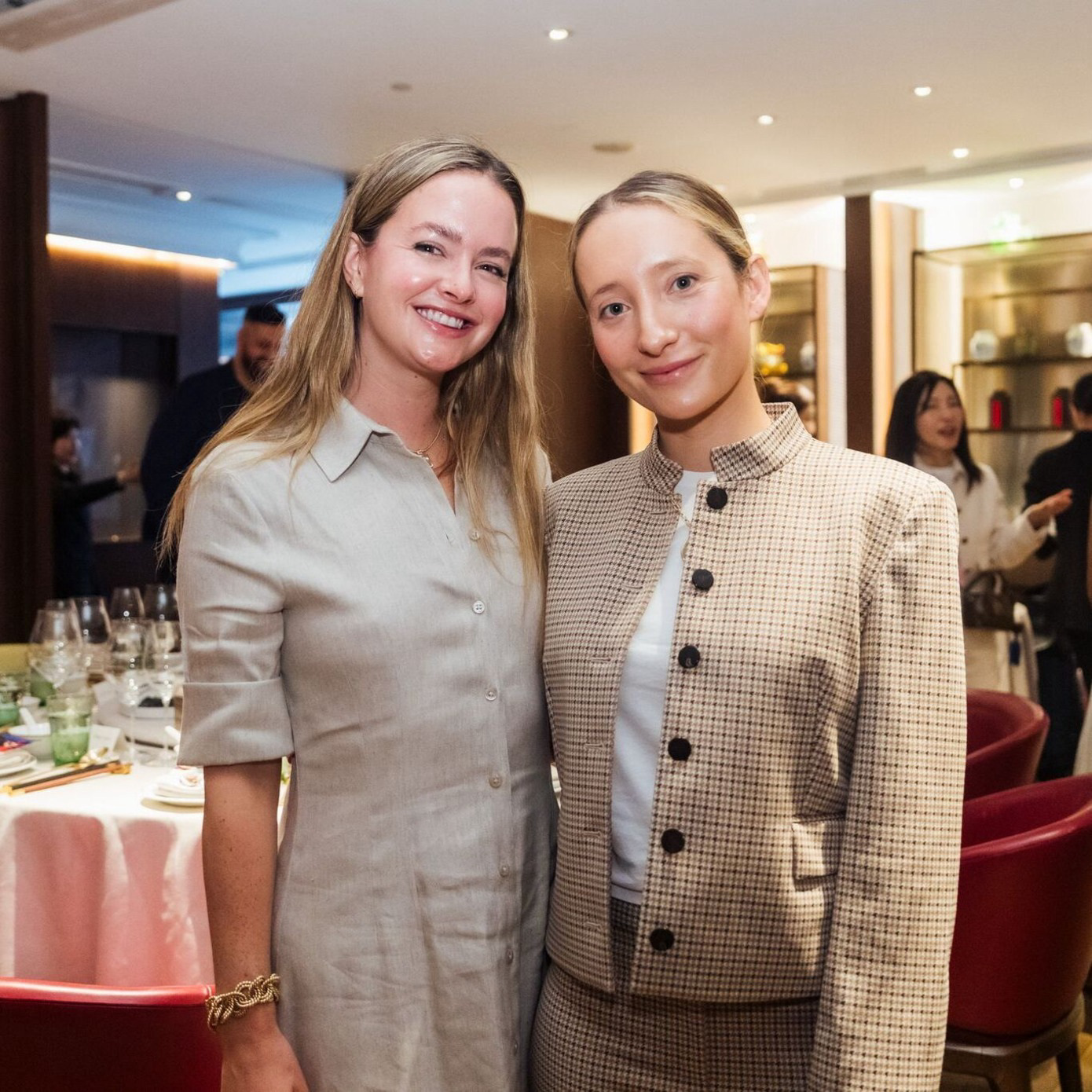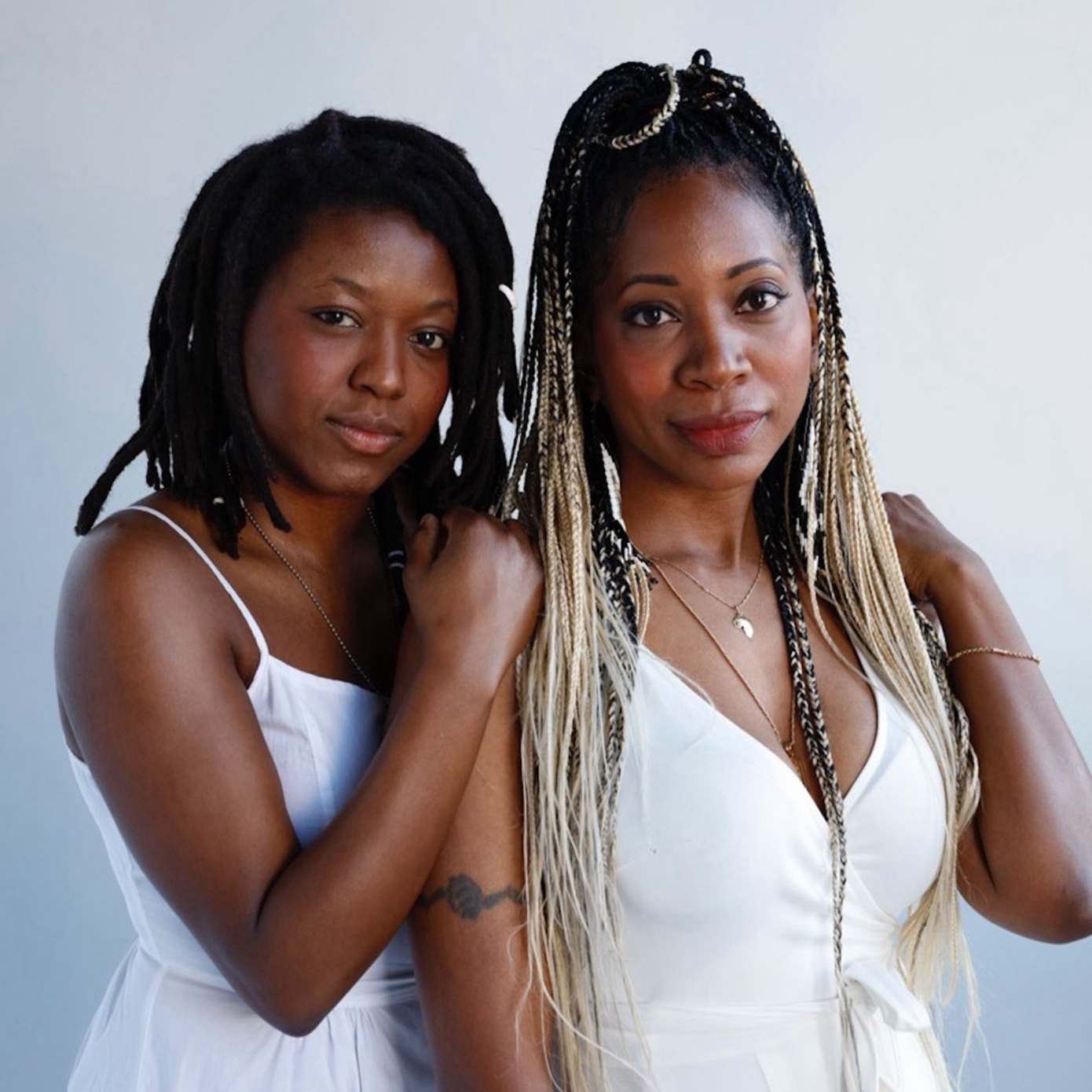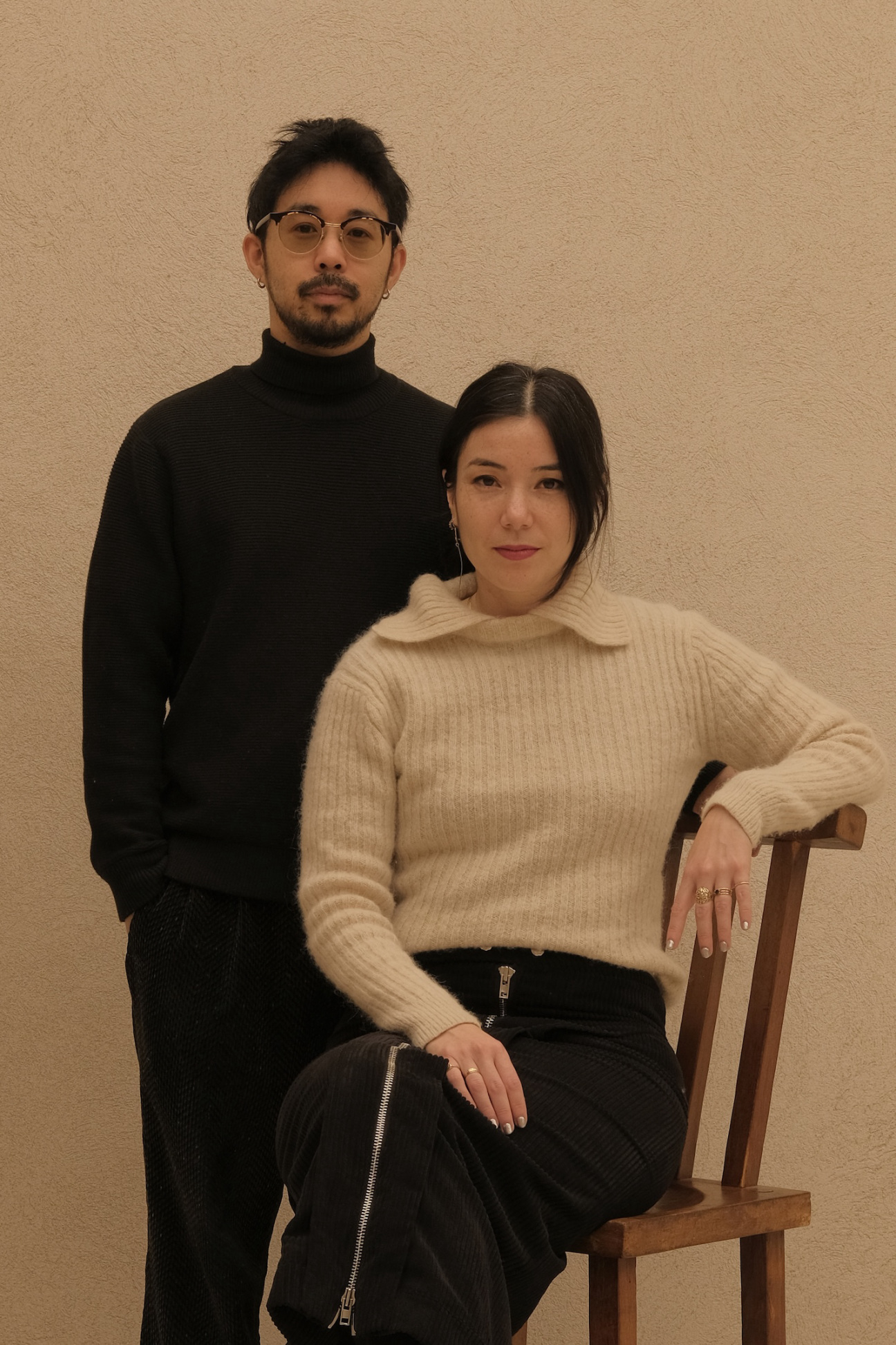
Tucked between Los Angeles's Little Armenia and Los Feliz, ATLA is quietly reshaping what an art gallery can look like.
Founded by artist and ceramicist Jenny Hata Blumenfield and music exec and curator Ryu Takahashi, the space weaves their divergent creative backgrounds into a cohesive vision rooted in reverence—for high craft, community, and traditions new and old. With physical roots in Los Angeles and a deep cultural kinship with Tokyo, ATLA was born from a desire to honor overlooked artistry, celebrate the quiet endurance of crafted savoir-faire, and create an intergenerational, intercultural dialogue that flows freely across the Pacific.
Hata Blumenfield and Takahashi's respect for both the rare and quotidian is perhaps best epitomized in the gallery's "Aesthetics of Everyday Objects" exhibition series, which examines artists' relationships to and interpretations of daily ephemera like plates or cups. But it's their discerning eye when it comes to (re)discovering artists that renders them such an indispensable duo in the Angeleno art landscape. Whether it’s ceramics from Fukuoka or painterly scrolls from Kyoto, ATLA resists the market’s speed in favor of something slower, more tactile, and deeply human. Their latest showing, with Japanese sculptor Yoshikazu Tanaka, epitomizes this ethos. The Seto-based artist takes the inoperative—discarded objects, like light bulbs, tin cans, and bottles, or scrapped sculptures—and turns it into novel works that show their humble origins instead of burying them, showing that what is old can always be made new again.
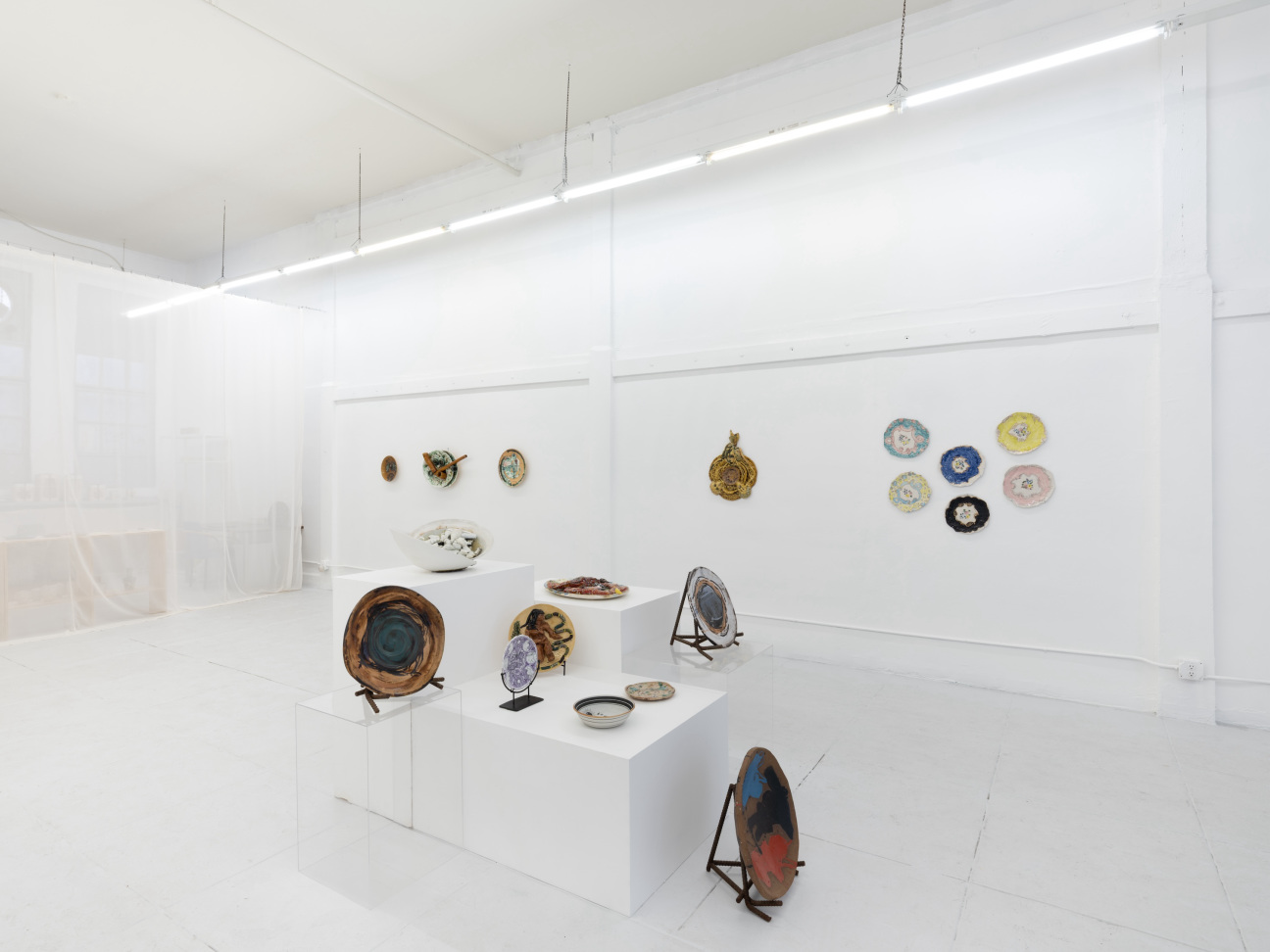
CULTURED: Jenny, you’re an artist and ceramicist, and Ryu, you’ve work in the music industry for years. How have your respective backgrounds informed ATLA’s vision since it was founded?
Jenny Hata Blumenfield: We met in New York six years ago. I had long pursued a career working on the professional gallery side and for different artists after graduating RISD, where I majored in ceramics. I graduated at a time when the economy was really not doing great, so I went immediately into working for the secondary art market. I was working in the Post-War and Contemporary Art department at Christie’s before I went into the gallery world, but I really missed my connection to making. So I went and worked at Greenwich House Pottery, where I found my way into this whole ecosystem of professional ceramic artists. I started working for Simone Leigh and then Ryu and I really connected through music.
Ryu Takahashi: I am originally from New York and Tokyo. In New York, I worked at Sony for a while, but simultaneously, I was starting a gallery called Vacant in Tokyo with some friends. There was a period when I was going between New York and Tokyo almost every month. In the music capacity, initially, I was doing the traditional major record company international marketing stuff. But in addition to that I did a lot of performance and music curation for museums and galleries, so I had a connection to the art world. With Vacant, I brought a lot of American artists to Japan to show at the gallery, and worked with a lot of Japanese artists to bring their stuff to the United States as well.
I'm personally interested in in-between spaces. Coming from New York, I saw so many white-cube, traditional fine art spaces. There's tons of great galleries in New York, but because we’re coming from non-traditional backgrounds, I was more interested in building something that was different from that world. We call ATLA a gallery, but what we're showing is quite different from what a traditional fine art gallery would, which is what I was doing in Japan with Vacant. We put on shows but we also hosted performances, overnight yoga sessions, a disco party for kids under 13, and we had a cafe, a clothing store, a bookstore…
Blumenfield: It was a central hub for the community.
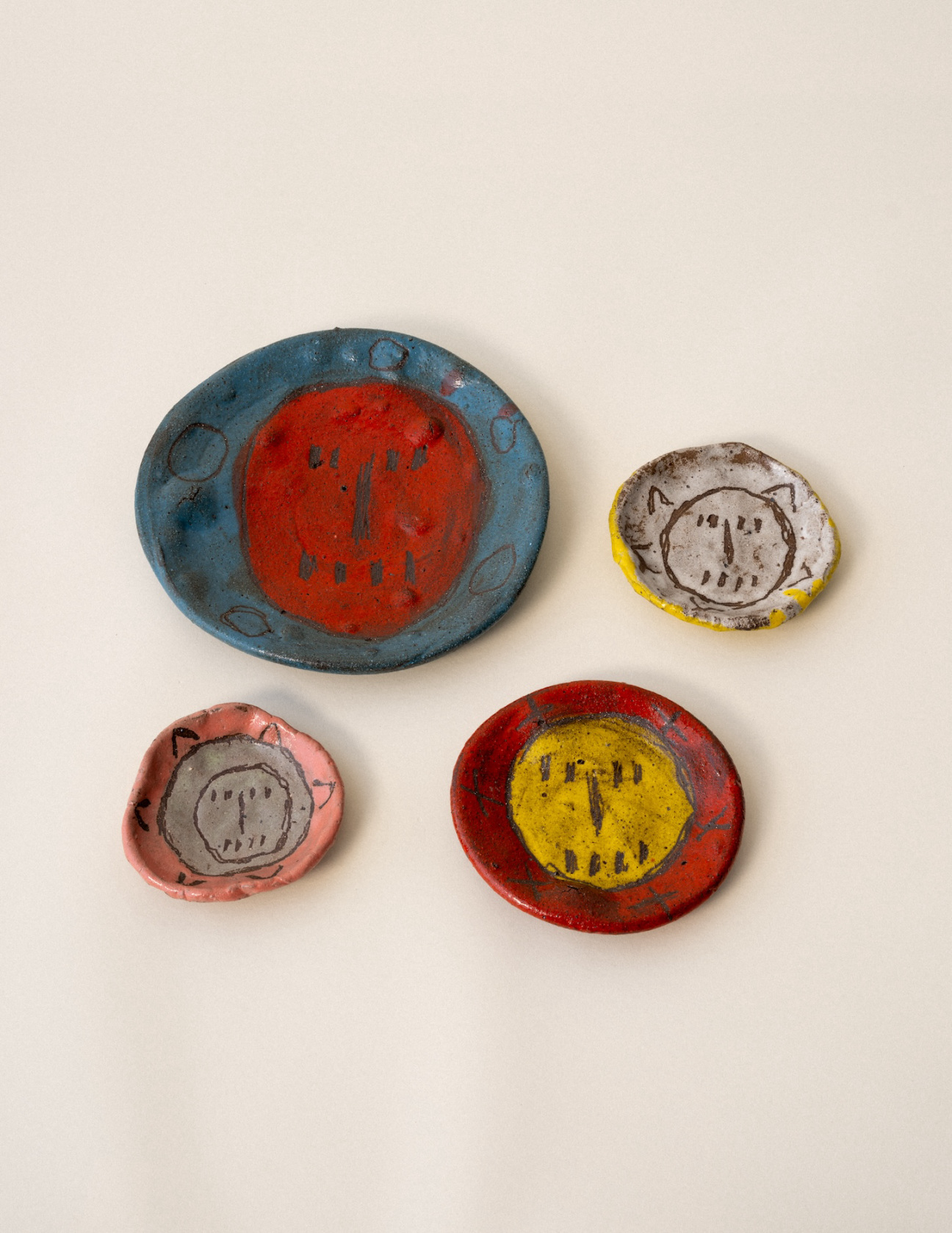
CULTURED: I can see the ceramics and fine art crossover at ATLA, but I’m curious how music factors into the space—not just as a theme, but in its day-to-day activities and atmosphere.
Blumenfield: It's more like the spirit, I would say. How Ryu connected to art is really through music. ATLA is a bridge to this in-between space that we both existed in—Ryu between music and art, me as both an artist and someone who’s worked for galleries and auction houses. My mother moved back to Japan once I graduated high school, which is really my connection to Japan. I grew up going there, but really outside of the city center, completely surrounded by rice fields. Ceramics was my deep connection to that area, because it's in Fukuoka, where there's a thriving ceramic scene. So this in-between that we talk about is really just a way for us to fortify this conversation that has long existed across the Pacific, specifically from LA or California to Japan.
CULTURED: Were there other community hubs or “slow gallery” spaces in LA that served as models for ATLA?
Takahashi: LA is a relatively new city for me. I moved here during the pandemic. Leading up to Covid, I was involved as a guest performance curator at the Broad for several years. But as much as I enjoyed coming here, I never loved LA. ATLA derives from the Japanese word “Atara,” which is a sentiment to describe this pitiness…
Blumenfield: It’s like a sense of deep sorrow attached to objects that once existed with historical value and were highly celebrated within the community, but then are forgotten about. This word is out of circulation—it's not commonly used or known, at all.
Takahashi: That's the core of it. Going to Japan all the time and partially growing up there—there's all this incredible folk art and craft that’s just sort of dying. But then there's also a pun for me personally—you spell it “at LA,” ATLA. For me, it was to reference the fact that I'd moved into LA. I committed to the city. I just wanted to do something in LA that I was familiar with, both in New York and Tokyo with these alternative spaces. We met for the first time at the Lot Radio in Brooklyn. That’s the kind of space that I want in LA. I never really liked the openings or shows where it’s just the art people. It’s always fun to see kids, or other groups of people.
Blumenfield: More of a cross-generational space. Tokyo is also a prime example of being a hub for so many small, alternative spaces. Often they’re places that aren't accessible to outsiders. ATLA really started as Ryu’s project, and I was independently running a space called Blumenfield Projects curating ceramic-centric shows. So when we decided to fold together, it was really about: How can we bring all of these places that we love, that exist and don't exist, into one central space? In LA it is really hard to find alternative spaces that exist between so many different identities. As much as we are a gallery, we're also a studio and a creative agency. We really want to be a community center, to invite different people of different generations to come into our space and actually be able to touch the works. Ceramics are something that you should touch and experience and feel the weight of.
Our current space exists on the fringes of Little Armenia and Los Feliz. We’re slightly away from where all of the galleries are, but we’re only a 10-minute drive away. And what is so great about this little pocket is that it feels very representative of the LA I grew up in, where it's really about the community that exists on this little block. On the corner is a bakery that's been there for 15 years, and next to us is an Armenian men's club that opens at 4 p.m. and closes at some undisclosed hour into the morning. The local community congregates there to watch TV, share a meal, smoke a hookah, and have a Turkish coffee. Next door to that space is a place called Zakka Bakka, which is run by three creatives who have a connection to Japan. Their place exists as both a studio as well as a community center in a different way than ATLA. Any artist that wants to drop off work and have it for sale or shown in their space, they can do so. The neighborhood is kind of like a well-kept secret; you have to slowly discover, but when you do, it's very welcoming.
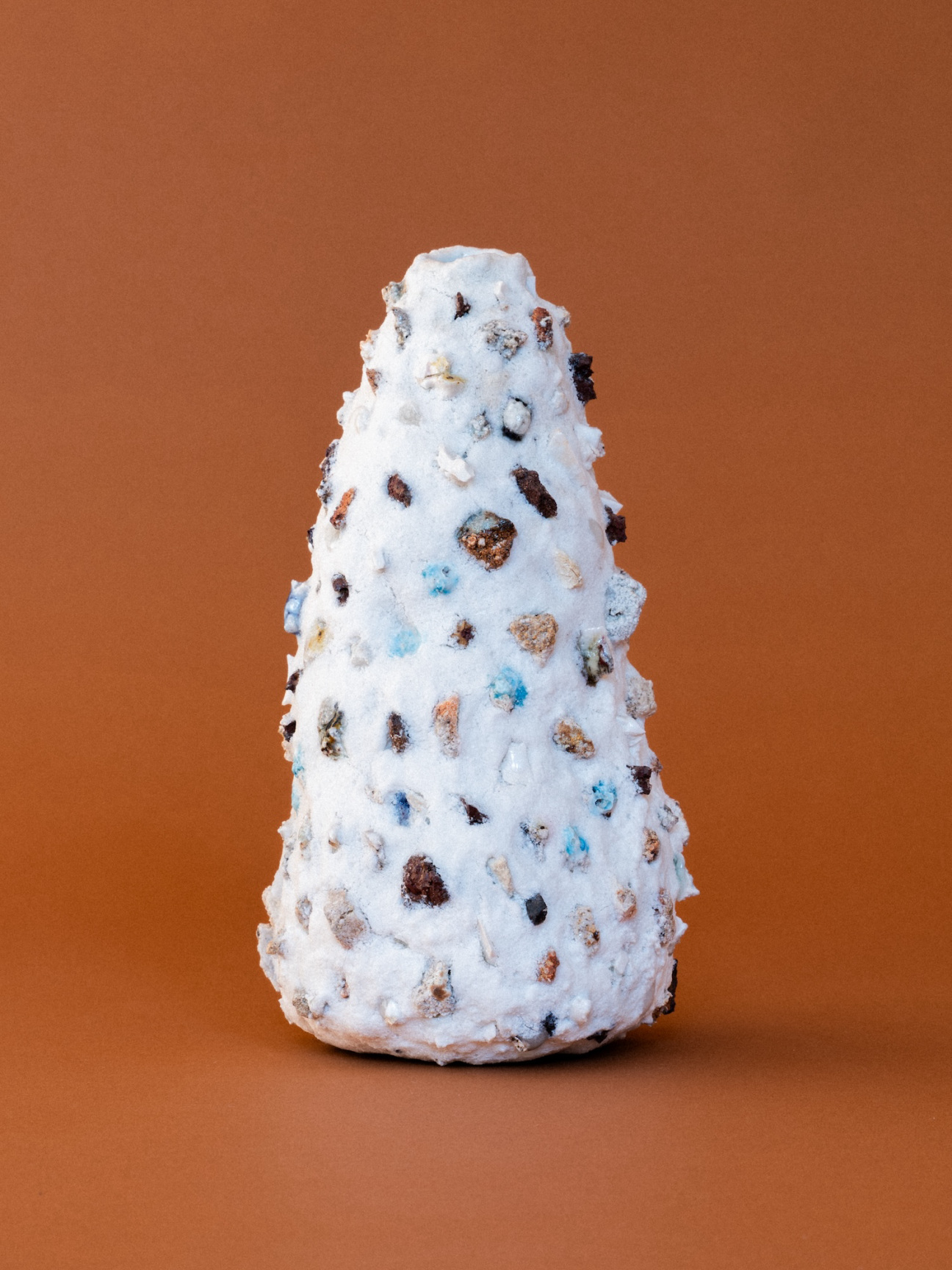
CULTURED: Many of ATLA’s shows so far have spotlighted ceramic practices, but I’d love to hear what else is coming up that might diverge from that focus.
Blumenfield: Our current show is with a ceramic artist, Yoshikazu Tanaka. Last year, we were in Japan, and we did a number of studio visits while we were there. I was very heavily pregnant, so it was the last time we felt that I would really be able to run around Japan in the capacity we are accustomed to. But on that visit, we met Yoshikazu Tanaka, who is a professor at a university close by. We really didn't know what to expect when visiting him. We had little inklings of what his practice was like, but so much of Japanese culture is really just an invitation to come. They're not going to send us photos [ahead of time], but they say, “Welcome, please come to our space and we'll spend time together.” When we walked into his space, it was this warehouse on this hillside. It's very unassuming from the outside, but you walk into different rooms of his studio space, and every corner you find another sculpture, another series that he was exploring. It felt as if you walked into a space that was completely unrestrained. There was a distinct moment where I felt like, “Oh, we cannot walk away from this studio space without at least one piece.”
So when we signed the lease for this space, we picked the conversation back up with him, and now we have this solo show of his works [on view]. Then we're going to have a show with Yuka Mori, who is investigating traditional Japanese scroll painting. She actually mixes pigments and ground clay into the paints that she uses. She's based in Kyoto, and coincidentally, we just learned that she's going to be in a group show at Nina Johnson that opens in a few weeks. I should also mention the next show that we're having after Yoshikazu Tanaka, who is a duo show with Shun Okada and Nick Lenker. Nick Lenker is an artist that's long been represented in the ceramic field, but hasn't really shown that much in more of a cross-conversational capacity. And Shun Okada is this painter that we met who's Tokyo-based, but they both are working with this digital conversation. That juxtaposition between their two practices is what we're really excited to showcase.
Takahashi: In terms of how we find artists… Particularly with Japanese artists, they're not the best promoters of their own work, which is completely different to here in the U.S., which is all about promotion. I’m not interested in artists for whom the game is just to look good on your social media platform; I’m interested in artists who are just grinding and working in their studio all day. It's actually a challenge for me to get in touch with these people, because often when I write to them, I don't get a response until I literally call them.
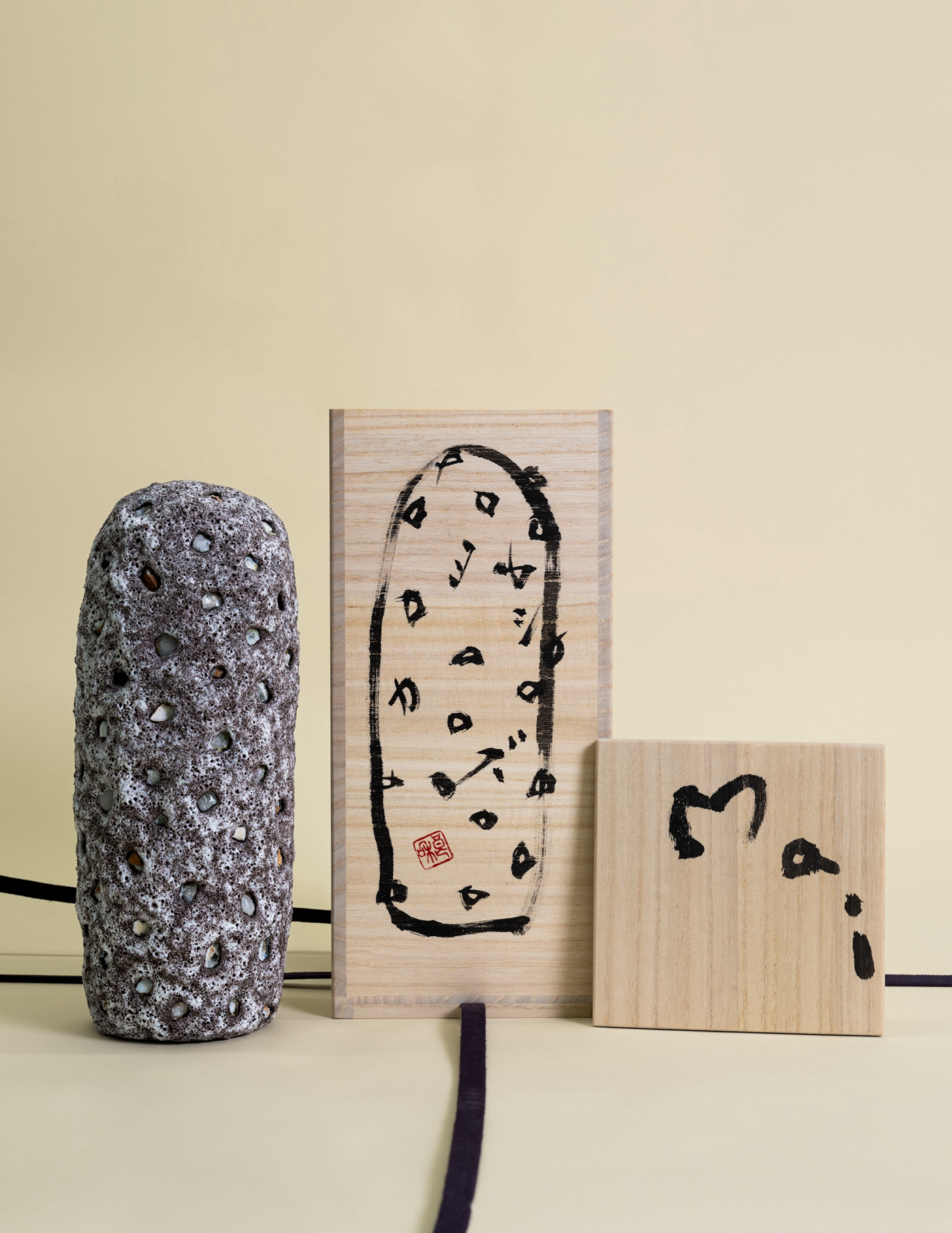
CULTURED: Or show up at their door.
Takahashi: Literally. I had to write a letter once. It’s super analogue there to a degree, which makes it really fun for me. It’s really about their dedication to the medium and its history. It's very much tied into Shintoism and Buddhism, which is the underlying culture there still. The word “authentic” is an easy term to use, but we are looking for artists who are just very honest and genuine. The work and visual presentation is number one. But the second is that we want to meet the artist. We will travel anywhere in Japan if we need to. We literally went to this tiny, little island in Okinawa to meet with this one contemporary calligraphy artist that we showed last year.
Blumenfield: These artists are also very protective of themselves. They often don't seem to care about getting recognition outside of their own studio. That purity within their own practice is what we're very drawn to. I'm half Japanese and grew up in between both cultures, but I never lived in Japan formally. The culture itself is so nuanced; there's still aspects of the culture that are a little bit removed from my grasp. Even if I did grow up there, I still would be a little bit of an outsider because I don't look fully Japanese. I look very gaijin or American. It is really great to have this collaboration together, because Ryu did grow up between Tokyo and New York and because he worked with so many Japanese companies. He knows all of the nuances between the informal and formal sides of the culture.
Takahashi: Like certain times, some artists there don't want to sell, which from an American perspective is so hard to understand.
CULTURED: We spotlight a lot of couples who work together, but what’s your secret to success?
Blumenfield: [Laughs] It is very, very hard.
Takahashi: We struggled a lot in the beginning. It's just the nature of two creatives working as a couple. Every time we hit the wall in terms of clarifying what I'm good at and what she's good at, it seems to work better. We're still learning.
Blumenfield: The biggest strength of our collaboration is that we accept that we know very little. In some ways we know a lot, but in terms of [who] knows more than the other, we are always very receptive and flexible in that capacity. We waste less time by butting heads, and we can put the art more forward when we can work together. That's always been our end goal, in our collaboration both as a married couple and as new parents and business owners. It's been very critical for us to always find the beauty in that larger picture. It's been a challenge, but a great one.

